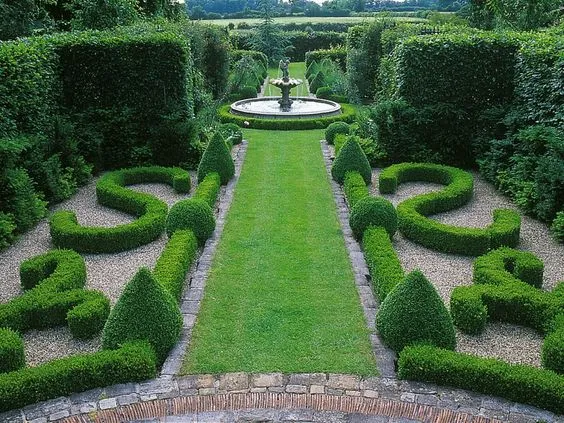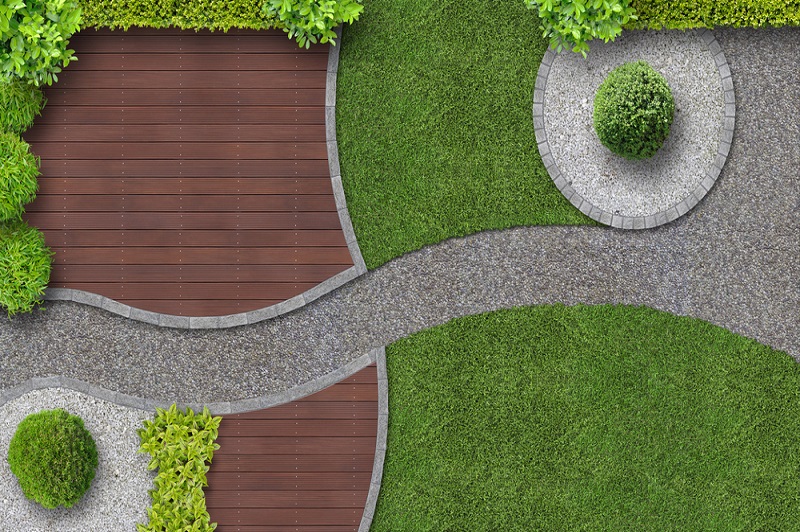Facts About Landscapers Revealed
5 Simple Techniques For Landscapers
Table of ContentsA Biased View of LandscapersExcitement About LandscapersSome Known Details About Landscapers Not known Incorrect Statements About Landscapers Some Known Facts About Landscapers.The Ultimate Guide To Landscapers
- A yard feature where water is represented by an aggregate stone product, normally a crushed rock or granite. These are most generally found in contemporary and Japanese garden style.- A stone or flagstone patio, path, or walkway built without a concrete base. The base would be compacted crushed rock and the joints would certainly be an accumulation or walkable ground cover. - A stone retaining or cost-free standing wall surface built without the usage of mortar. - A below ground structure that accumulate water and enables it to slow percolate right into the soil around it.
Landscape layout that is suitable with a sites' setting in both appearance and sustainability without negative influences to the environment. Interrupting the landscape is a line of demarcation that creates aesthetic interest in the yard by dividing one section from another sector. This can be aesthetic or useful, keeping one aspect (such as pea crushed rock) from getting blended into one more (like bark dirt).
Locations can additionally have a feeling of "enclosure" supplied by trees, various other growings, fences, or screens. The landscape near the entrance to a structure.
Some Known Details About Landscapers

The aspect in a landscape style or area in a landscape that is implied to be most popular. The prime focus can be a plant, rock, statuary, gathering room, or other landscape feature. A design of yards or yard aspects that stress straight lines, appropriate angles and circles. Shrubs or bushes located in beds near the structure of a home or other framework.

The Only Guide to Landscapers
Rock item, either rounded or fractured, that is reasonably small- typically 1" or less. Low plants that are enabled or motivated to spread out over an area. Can refer to any "hard" garden elements including statuary or boulders however many generally is made use of to describe courses, patio areas, and walls.: Elevation distinction in between the level of water in a pond (or the level of the pump if it rests outside the find out fish pond) he has a good point and the top electrical outlet of water which affects performance of the water pump in gph (gallons per hour). Dense shrubs or trees that form a fence, display, or border.
Fencing boards that run horizontally, often utilized in modern-day or Japanese-inspired landscape designs. Correct use of imaginary lines can help the landscape feel linked to the home and various other aspects.
Conventional PNW landscapes are casual. A plant that spreads more than wanted, or into habitats where it does damages.
Get This Report about Landscapers
Smart irrigation controller reviews and suggestions right here. 2-D rendering of the suggested watering system. Can include head placements and protection, pipeline sizing, GPM specs, and products required to mount this system. A watering plan is generally unneeded for properties but is common for business tasks. Accredited professional who develops landscapes, coached in engineering and style in addition to in gardening.
The specialist who plans and establishes landscape projects, usually at a domestic or tiny business degree with the major design impetus on growings. Landscape developers normally have less schooling than Landscape Architects and are not accredited. A finished landscape design, describing all aspects for the new landscape. This usually takes the kind of a drawing on paper.
Calcium product utilized to elevate the pH in soil, which will certainly make it less welcoming to moss (Landscapers). A water limited HDPE material made use of underneath fish ponds, streams and waterfalls in water features. Utilizing many growings of the very same range to load in an area in the landscape. This can reduce upkeep and water use in the garden.
A mix of cement, sand, and water that is made use of in rock masonry for establishing rocks and joints. A layer of compost or bark dust used at the base of a plant. A mass growing of moss. A plant that was present in a geographic location before individuals began changing the landscape.
8 Simple Techniques For Landscapers
How the yard or a garden aspect is set up in connection to an existing or new feature or to an instructions. Yards that are not cut however grown in landscapes as perennials.

Small round crushed rock. Plants that offer seasonal passion and afterwards pass away back in the winter. Annuals do not return the following season, yet perennials do. Cold season lawn that is the most typical turf yard in Portland, OR and the remainder of the PNW.An open roofed framework over a patio or various other landscape attribute.
The you can try here most usual landscape crushed rock in the PNW. Location of the landscape designed to handle rain water up until it can soak into the ground.
Developing a yard attribute being composed mainly of stones with plantings that enhance and can grow in the rocky atmosphere. Sprinkler head design that revolves a stream of water across an area.
The Main Principles Of Landscapers
:max_bytes(150000):strip_icc()/look-up-look-down-photography--o7ASOHDV9E-unsplash-62ac6efd6d724c7abb7320fefe03b411.jpg)